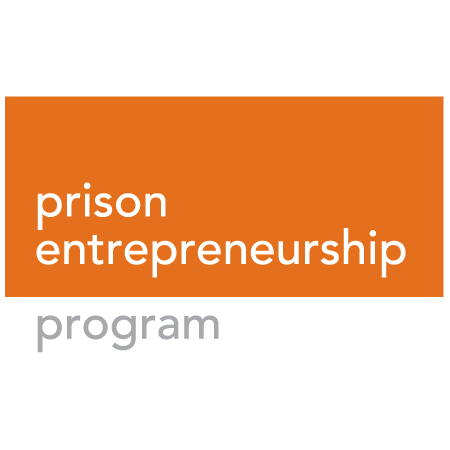What Does “Reentry” Mean in Texas?
Reentry refers to the process of preparing incarcerated individuals to successfully return to society after release. In Texas, reentry begins before someone leaves prison and continues through their first months or years back in the community.
This process includes planning for housing, employment, education, healthcare, and personal support.
Who Oversees Reentry in Texas?
The Texas Department of Criminal Justice (TDCJ) has a Reentry and Integration Division that works with incarcerated individuals before their release. It provides transition planning, resource referrals, and support services that help reduce recidivism.
In addition to state resources, nonprofit organizations like the Prison Entrepreneurship Program (PEP) provide education, mentorship, and long-term support.
What Are the Key Steps in the Reentry Process?
- Pre-release planning
Individuals nearing their release date meet with counselors or case managers to identify needs and develop a transition plan. - Release and supervision
Many people leave prison under parole or community supervision. They must follow specific conditions and check in regularly. - Housing and basic needs
Transitional housing, shelters, or family support may be used to secure a safe living environment. - Employment assistance
Reentry programs often connect individuals with job training, resume help, and felon-friendly employers. - Support services
Additional support may include behavioral health care, addiction recovery, transportation assistance, and financial literacy. - Long-term reintegration
Success after release depends on structure, accountability, and access to opportunity. Ongoing mentorship and community support play a major role.
What Programs Help With Reentry in Texas?
Several programs across the state support reentry efforts. These include:
- TDCJ Reentry Services
- Workforce Solutions (job search and training)
- PEP (entrepreneurship, character development, post-release support)
- The Jail to Jobs Network
- Faith-based reentry ministries and housing programs
Support varies by region, so it is important to connect with local providers early in the process.
How Can Families and Employers Help?
Families can help by providing emotional support, transportation, and stability. Employers can support reentry by considering qualified candidates who are committed to change and eager to work.
Organizations like PEP help bridge these efforts by preparing individuals for real-world expectations and connecting them to long-term opportunities.
Reentry Is a Lifelong Process
The first few months after release are critical, but reentry does not end there. Success after incarceration depends on sustained effort, reliable support, and access to tools that promote growth. With the right structure, individuals returning from prison can contribute to their communities, support their families, and build strong futures.

